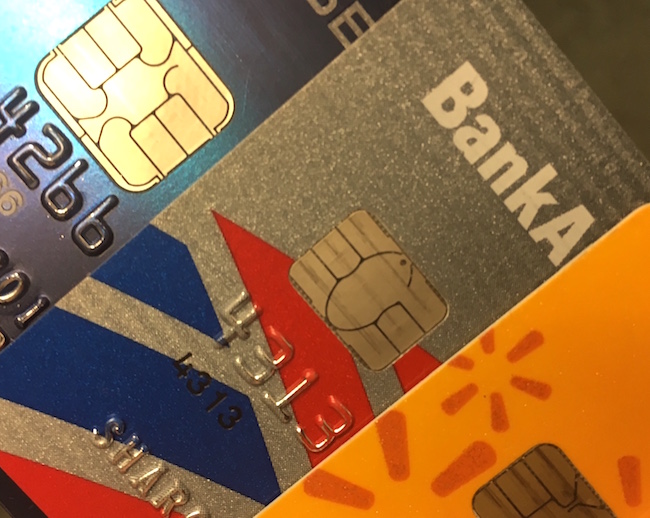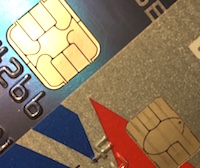Earlier this year, most major financial institutions put into place new debit and credit cards featuring EMV technology. According to the U.S. Payments Forum, 600 million of these cards with embedded chips have been issued to consumers.
The Europay, MasterCard and Visa chip is often called an “EMV chip.” You have probably noticed the microchip located above your card number. The purpose of the chip is to protect consumers from huge security breaches.
Think back to the Target, Home Depot and Sony data breaches where consumer information was compromised. Scary, right? At that point, the major credit card companies decided to work together to prevent security breaches and institute chip cards in the United States. European countries and Canada, however, have been using EMV technology for decades. According to a report by payment-processing company First Data, “It’s now estimated that 90 percent of non-U.S. credit card terminals are EMV chip card-enabled.”
Let’s take a look at the Target data breach, one of the more recent data breaches. In 2013, during the holiday shopping season, Target was “hacked.” According to Target, information was stolen from more than 70 million customers. This included names, emails, telephone numbers and addresses. After the fallout, Visa, MasterCard or the bank that issued the card was liable for the erroneous charges. According to CNN Money, the banks sued Target and Target settled to the tune of $39 million. The lawsuit resulted from the banks’ liability for the fraudulent charges and their desire for Target to bear responsibility for a portion of the cost.
With the EMV card, the liability for fraudulent charges is now on the party that is the least EMV-compliant. For example, let’s say you use your EMV card with a merchant that has not upgraded to a chip-enabled card reader and your information is stolen. The credit card company, having issued the card with the chip and updated its security, is compliant. The retailer is then responsible for those charges and other losses associated with your stolen identity as it’s the least EMV-compliant.
Now that you have a better understanding of the chip card, here a few things that University of Georgia Cooperative Extension would like you to consider as you make the transition to EMV cards:
It will take more time to process transactions. You have to leave your card in the card reader throughout the entire transaction. If you take it out too soon, you will cancel your transaction.
If you are using your card at a chip-enabled card reader, there may not be an option to use credit when checking out. You will have to enter your unique PIN code to finish the transaction.
The new technology will not protect you when shopping online. According to the Federal Trade Commission, “There will be no change in the way you use your card online or by phone.”
It is a good practice to regularly monitor activity on your account. Most financial institutions and credit card companies issue paper statements and also provide online options for monitoring your accounts.
When it comes to managing your finances, a pound of prevention is worth more than an ounce of cure. For more information on managing your finances, see the tips from UGA Extension at extension.uga.edu/family/finances/.








.jpg)